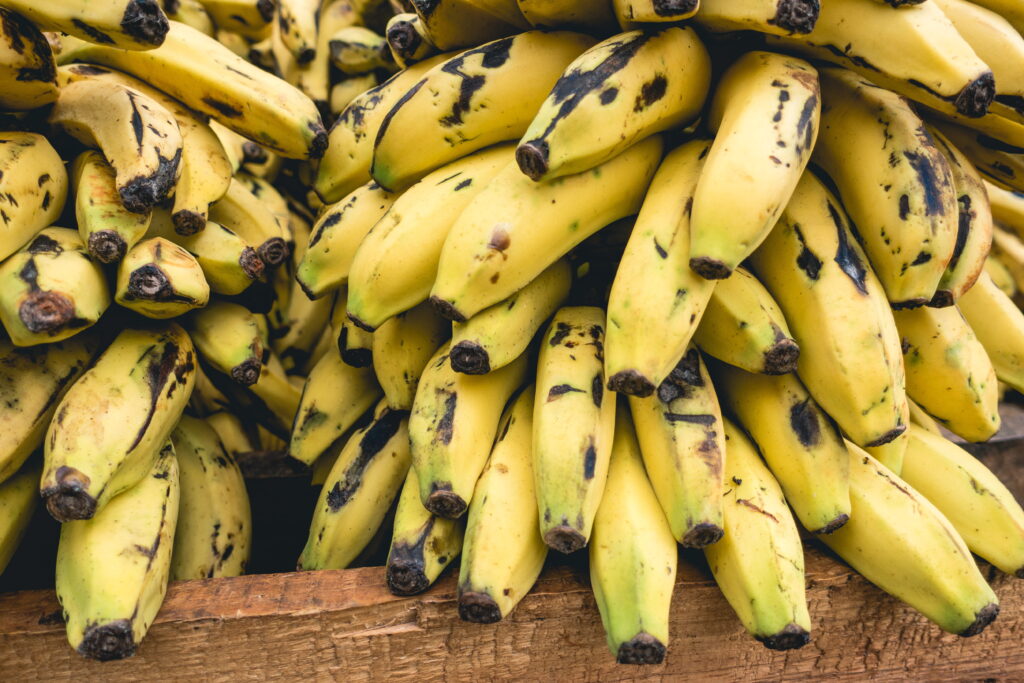Daniel Giannetti

The World's First GM banana!
Australia has recently marked a significant advancement in agricultural biotechnology with OGTR approval of its first genetically modified (GM) Cavendish banana, known as QCAV-4. This banana variety has been developed by Queensland University of Technology (QUT) and is the world’s first GM banana approved for commercial production and the first GM fruit in Australia!
This is a big success for banana (bread) enjoyers across the globe!
The QCAV-4 variant is modified to be resistant to Fusarium wilt tropical race 4 (TR4), also known as Panama disease, which is a devastating fungal disease that attacks nearly all varieties of banana including the main commercial variety, Cavendish.
How is disease resistance achieved for QCAV-4?
Researchers identified a resistance gene called RGA2 in another species of banana – a wild Southeast Asian banana species (Musa acuminata ssp. malaccensis) This gene is known to confer resistance to Panama disease tropical race 4 (TR4),
RGA2 is then cloned and inserted into the genome of the Cavendish banana. This then essentially “activates” a TR4 defence mechanism within the Cavendish banana that is otherwise dormant due to its genetic makeup. The inclusion of this gene into the cavendish only affects this defence mechanism and does not impact taste, nutritional value or growth.
Genetically modified foods on our shelves, Should we be concerned?
The debate surrounding Genetically Modified crops in terms of their safety, environmental impact, and ethical implications has been occurring for years. The approval of a new GM crop will only intensify these discussions
What needs to be understood by the public is that these emerging GM crops have undergone a tremendous amount of safety checks and regulatory hurdles to gain approval. The purpose of these hurdles is to ensure that safety is maintained for humans and the wider environment. These crops undergo harsher scrutiny than the vast majority of products and foods we interact with every day.
These technologies should be embraced for the improvements that they propose, rather than rejected by the public due to the nature of their existence.
Should these trials succeed we should be excited about what the future holds in regard to food biotechnology.
So What Does this Mean for consumers?
Bananas are a staple food for millions of people worldwide. The introduction of disease-resistant varieties like QCAV-4 can help maintain the availability and affordability of these bananas.
That being said, it is unlikely we will be seeing these bananas on shelves in the near future as there are no plans to sell QCAV-4 bananas to consumers in Australia at this time. The focus for now is on using QCAV-4 as a contingency plan to protect against future outbreaks of Panama disease (TR4) rather than as a commercial product for immediate sale.
Overall..
The development of the QCAV-4 genetically modified Cavendish banana represents a significant milestone in Australian agricultural biotechnology. As we move forward, it will be crucial to monitor the ecological and economic impacts of this technology, ensuring that it integrates effectively with local agriculture.
It’s an exciting time for the field and I can’t wait to see what’s in store for agricultural biotechnology in the future.
Let us know your thoughts on the introduction of QCAV-4!!

